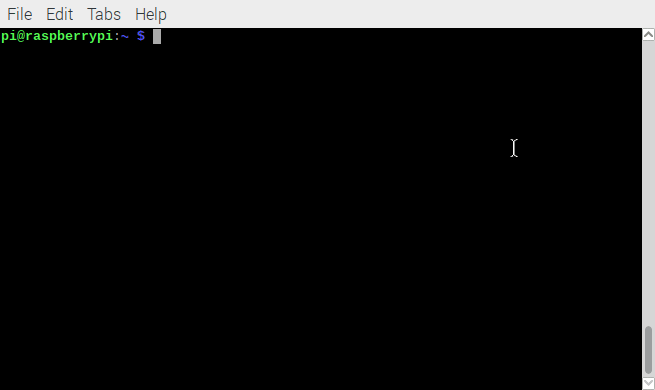LXD/rtpmidi – running McLaren Labs rtpmidi in a container
Container technology can be used for many things. It can be used for isolation, security, portability or resource management. One popular use of containers is to run a binary for one operating system on another operating system. We wondered if Linux lxc/lxd container technology would allow us to run the binary of rtpmidi for Ubuntu 22.04 on a Debian 12 system. We succeeded eventually.
This post outlines how we reached success. It is not necessarily a recommendation to follow this path. There are a lot of steps, and they can be confusing. But we are going to write down what we learned anyway.
Read More »LXD/rtpmidi – running McLaren Labs rtpmidi in a container
